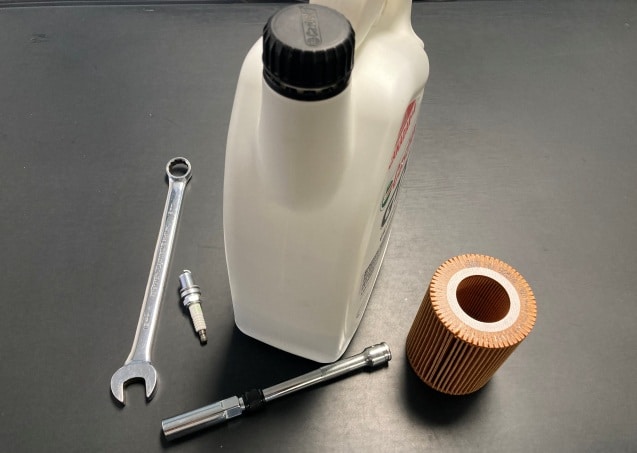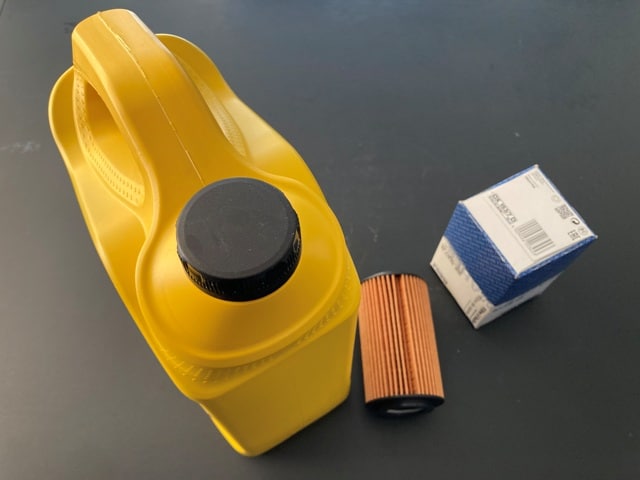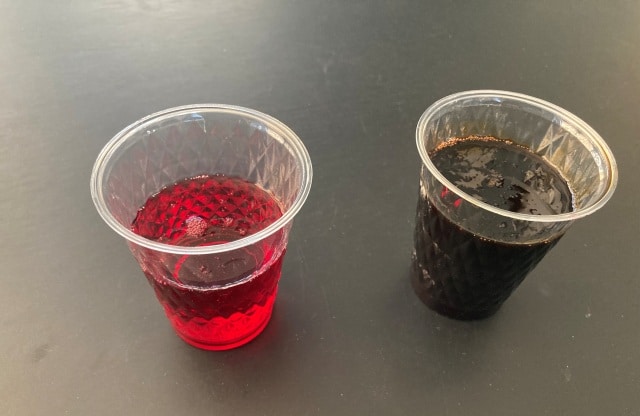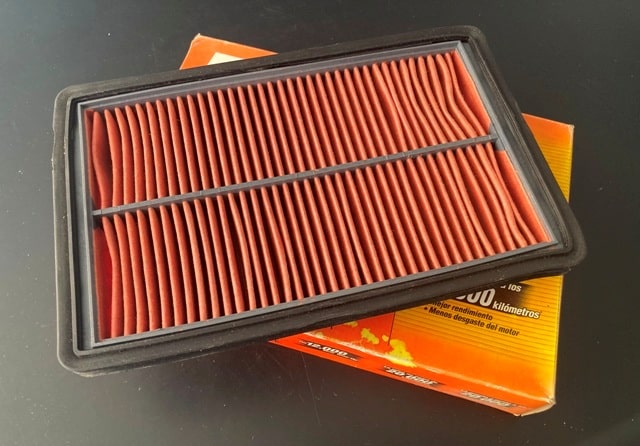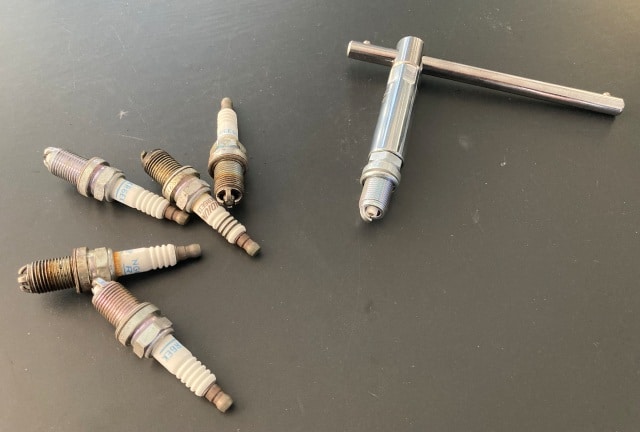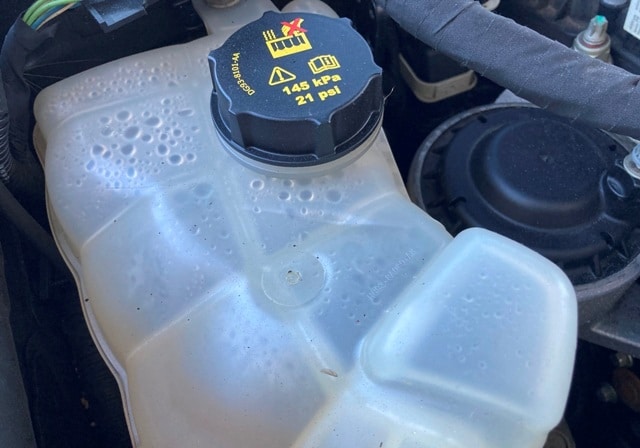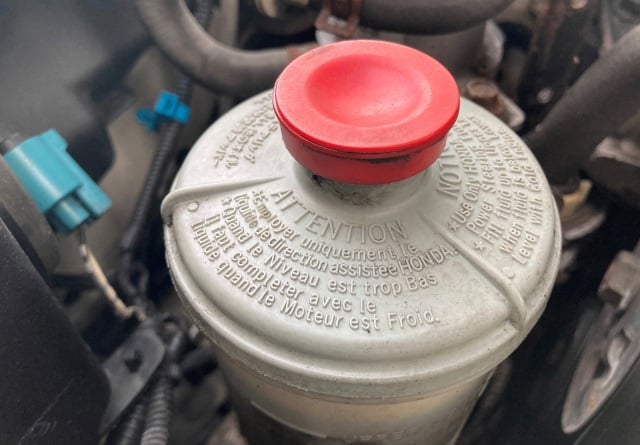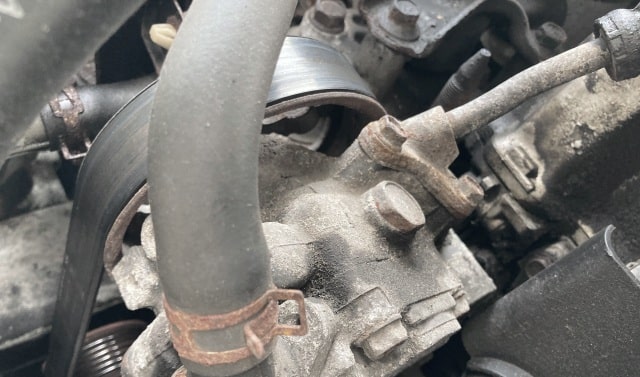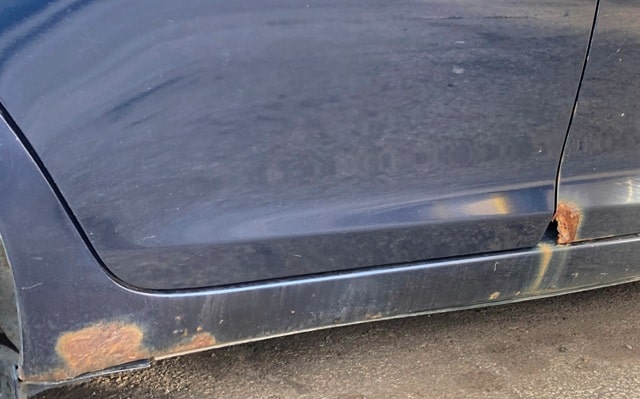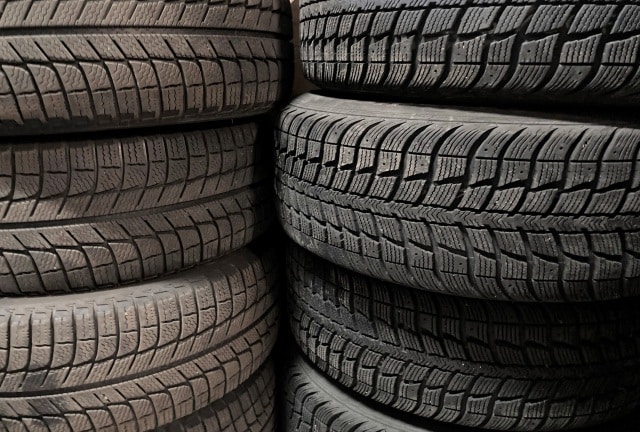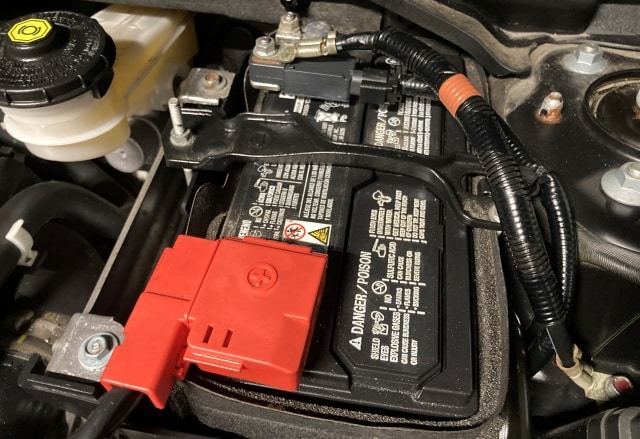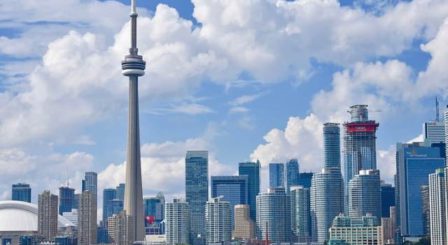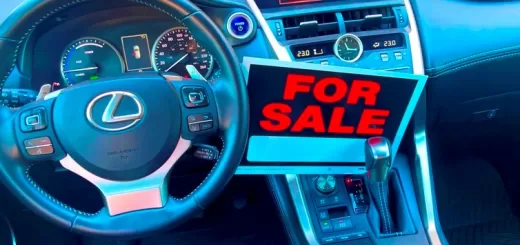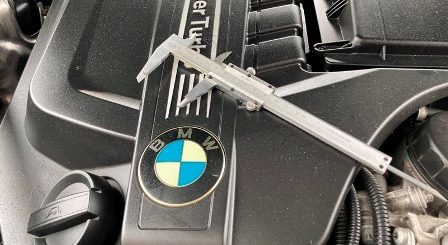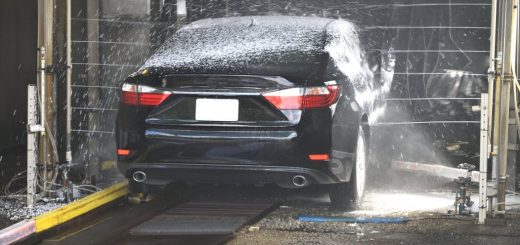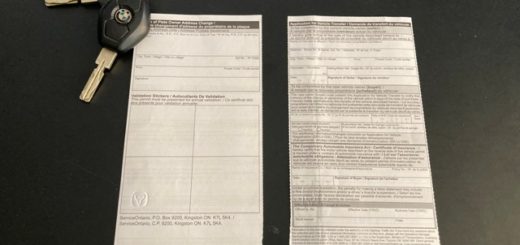Maintenance After Buying a Used Car
Importance of Maintenance After Buying a Used Car: You spent time and money to find and buy the perfect used car. Usually used cars purchased from dealerships come with a Safety Certification Inspection and gives you a piece of mind that your (new) used car was checked and certified by a mechanic prior to purchase.
However, safety certification is not a warranty and only assures a used car is safe to drive, and that’s about it. Safety inspection does not guarantee that engine or transmission is properly operating, what maintenance is needed or what maintenance has been done in the past, if any.
Maintenance is the only thing which promotes longevity and reliability. A small investment on maintenance as soon as you purchase a used car will go a long way. Best way to deal with it, is to start with basics and working your way up to more labor/parts expensive maintenance items.
General maintenance is even more important on places with long and harsh winters (Ontario and most of Canada as an example), especially if salt is used on roads. Cold weather takes a toll on cars (people too), from fluids to mechanical parts to rust…and everything in between.
Do not replace anything which you know previous owner has already replaced. No need to throw money to things that are already done. Check Carfax history, it will show some maintenance records (not all) and give you an idea on what has been previously replaced or repaired.
Assuming that used car you just bought has passed safety inspection (ie, brake pads, brake rotors, windshield wipers, lights, suspension and steering components were checked and are in good condition), remaining basic maintenance you should do are:
Maintenance After Buying a Used Car
1- Engine Oil Change
Oil change is the most important and basic maintenance after buying a used car. If you have no proof your (new) used car has not had an oil change recently, you should do an oil change.
Do not try to eyeball it by looking at engine oil color. Engine oil color is not an indicator of how good or bad oil is. Change the oil, it’s cheap and well worth it. More on: Oil Change Intervals.
2- Automatic Transmission Fluid
Transmission fluid is one of most neglected maintenance items and one of most important ones at same time. If you bought a used car, chances are transmission fluid has never been replaced.Very few owners replace transmission fluid.
Most do not even know what it is and the rest consider it an unnecessary expense. Some manufacturers telling people their transmission fluid is “Lifetime” doesn’t help either. More on: “Lifetime” Transmission Fluid.
Change transmission fluid as soon as you can after buying a used car, its cheap insurance and will prolong life of your automatic transmission. If your car has high mileage (over 100k miles) do not go for a transmission flush, instead better to play it safe and use transmission Drain/Refill. More on: Automatic Transmission Flush vs Drain/Refill.
3- AWD System Fluids
Awd system usually has separate fluid from transmission fluid. These include transfer case fluid, differentials and in some Awd vehicles (European mostly, VW for example) Haldex System fluid. More details on: How AWD System Works.
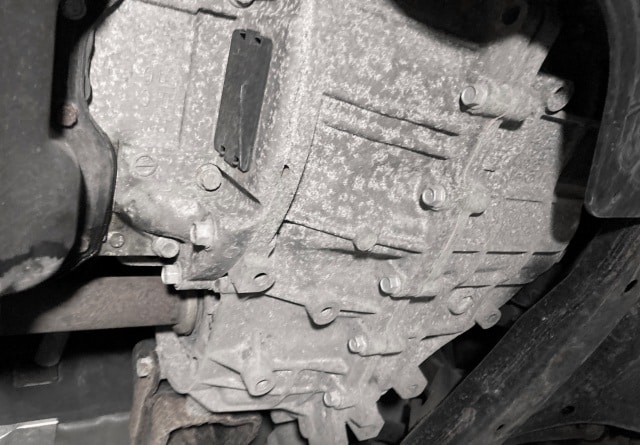
Replacing AWD system fluids can be somewhat expensive, depending on make and model. However, replacing AWD fluid will prevent parts failure and premature breakdown of AWD system.
4- Engine and Cabin Air Filters
Change engine filter and cabin air filter. In most of cases this can be done at home with few tools and knowledge. Filters are not expensive and there is usually little labor cost involved if you decide to go to a mechanic, cheap and easy to replace.
A clogged engine air filter can affect engine operation by reducing power and raising fuel consumption. Clogged or dirty cabin air filter will reduce air coming thru your vents, also cause bad smells/odors and humidity.
5- Spark Plugs
Spark plugs are very important part of engine ignition system.Replacing old spark plugs will improve engine operation and fuel efficiency. Replace spark plugs if you have no proof that were replaced recently. New spark plugs improve engine performance and fuel efficiency.
Spark plugs on most four cylinder engines are quite easy to replace and you can even do it yourself. However, six or eight cylinders are labor intensive and not an easy job as a DIY. More on: Spark Plugs.
6- Engine Coolant
Engine coolant is a mix of antifreeze and water; usually a 50/50 blend, except in very cold climates where it can go as high as 100% antifreeze. Change engine coolant every 60-80,000 km or so, depending on coolant type and manufacturer recommendation.
Primary role for engine coolant is to regulate engine temperature by transferring heat from engine to radiator. Secondary role is to lubricate water pump and protect rubber seals. Low engine coolant level will most certainly cause overheating and serious engine damage. Engine Overheating.
7- Brake Fluid
Brake fluid is crucial for braking system. Over time brake fluid will lose properties and collect humidity (water) causing major negative effects on brake operation. Moisture or old brake fluid can also affect seals on brake calipers, leading to major failures and expenses down the road.
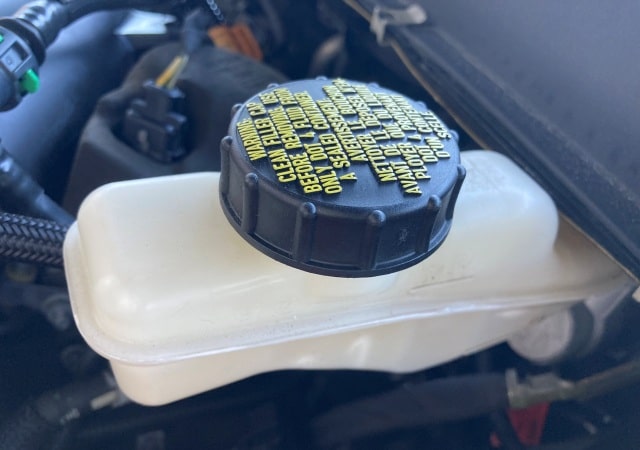
Very few bother to change brake fluid, but brake fluid is very important for proper operation of braking system and has a limited lifespan. Change brake fluid every 3 years or 60,000km. Changing brake fluid yourself can be a very messy job, requires two people and tools. Might as well, send your car to your mechanic. Usually it is not an expensive procedure and brake fluid itself it’s cheap.
(If you are also looking for a fast and safe solution to sell your car, more here on “How To Sell Your Car Fast in Ontario“)
8- Power Steering Fluid
Almost all new cars manufactured in last few years have been using electric power steering on new cars. Electrical steering is cheaper to produce, has fewer moving parts and does not utilize hydraulic fluid or power steering pump.
However, most used or older cars on the road are still using hydraulic power steering. As with brake fluid, power steering fluid should be changed at certain intervals. Check owner’s manual to see what interval manufacturer suggests but generally power steering fluid should be changed every 5 years or 100,000km.
Power steering fluid is used to create hydraulic pressure helping driver to steer easily. Also, it serves as a lubricant for power steering rack and power steering pump. Fresh power steering fluid will help condition power steering seals and prevent leaks.
Fluid is not expensive and can even be replaced at home. However, it can be somewhat of a messy job as fluid will leak all over the place when you remove a power steering fluid line.
One way to around it is to change it by dilution. Use a large syringe or a fluid extractor/pump to remove fluid from power steering reservoir and fill it up with fresh fluid. This method will remove about one third of total power steering fluid in the steering system. Drive your car for a day and repeat procedure again next day. Repeat three or four times and you are good to go.
Check owners manual for power steering fluid type, some cars use ATF instead of power steering fluid.
9- Serpentine Belt
You can go with “if not broken don’t fix it” on this, but serpentine belt will most surely leave you stranded if it breaks. Serpentine belt operates power steering pump, air conditioning, alternator and in some cases water pump.
If serpentine belt breaks most systems in your car will not work, car will become completely undrivable. Serpentine belts usually last about 100 to 150,000km but if you see any cracks or glazing on belt surface then better replace it.
10- Timing Belt
Most cars use timing chain but some still use timing belt to operate engine timing. Replace timing belt if you do not have any information when it was last replaced. Usually, when timing belt is replaced a sticker is placed with replacement date and mileage on timing belt cover.
Look around timing belt cover or strut mount for a sticker confirming timing belt replacement sticker. Also, look inside owners manual or other repair invoices.
Failure of timing belt will most certainly catastrophically destroy your engine, valves will hit pistons heads. You will need a new engine and new engines in most cases will cost more than value of car itself.
Timing belt is recommended to be changed anywhere between 120,000 to 150,000km, depending on car manufacturer and engine design. Timing belt replacement is labor intensive and is expensive, up to $1,000 is some cases.
11- Thermostat
Thermostat can be considered preventive maintenance after buying a used car. However, thermostat is usually replaced only on a need to basis (when it fails). Bear in mind that thermostats usually fail without warning and your engine will most certainly overheat if thermostat is stuck closed.
Thermostat lifespan varies greatly from car to car depending on thermostat design. In any case, thermostats usually should last about 10 years or 160,000km.
Overheating can cause irreversible damage to your engine, such as blown head gasket, warped cylinder head, to name a few. Replace thermostat if the car you just bought has high mileage and you don’t have proof it was replaced by previous owners. Details on: How Thermostat Works.
Non Maintenance Items
1- Rustproofing
Rustproofing is optional. It has nothing to do with operation of your used car and should not be considered as maintenance after buying a used car. That said, if you live in a place where it snows and salt is used in winter, rustproofing will help quite a bit to keep your used car free of rust.
Also, rust damage usually is very expensive to fix and more often than not rust repair expenses will surpass value of the car. Rustproofing is generally not expensive, about $200 if you do it once every 2-3 years. There are several types of rust proofing you can choose: Types of Rust-Proofing.
2- Winter Tires
Winter tires are another item which requires attention, especially if you live in areas where snow is a common occurrence. These tires offer much more grip than all season tires or all weather tires, shorter braking distance on snow and ice, more control and safer acceleration.
Although, you spend initially to buy winter tires and rims, in long run will equal out. Each set of tires will be used for only 6 months and as a result both sets of tires will last longer. More on: Winter Tires.
3- Car Battery
Test condition of battery in your car. Even if you bought your used car “Certified”, battery condition is not checked during safety inspections. Testing battery condition is essential, especially before winter sets in.
Old or weak car batteries usually die on first cold days, one morning your car will not start. Buy a cheap voltmeter and test battery/alternator to make sure charging system is in optimal condition. Its an easy job to do and you can do it at home: How to Test Battery and Alternator.
(If you are also looking for a fast and easy solution to sell your car, more here on “How To Sell Your Car Fast” in Ontario).
Comments: If you have any questions or suggestions related to this post or Used Car Toronto in general, don’t hesitate to use comment section below.


